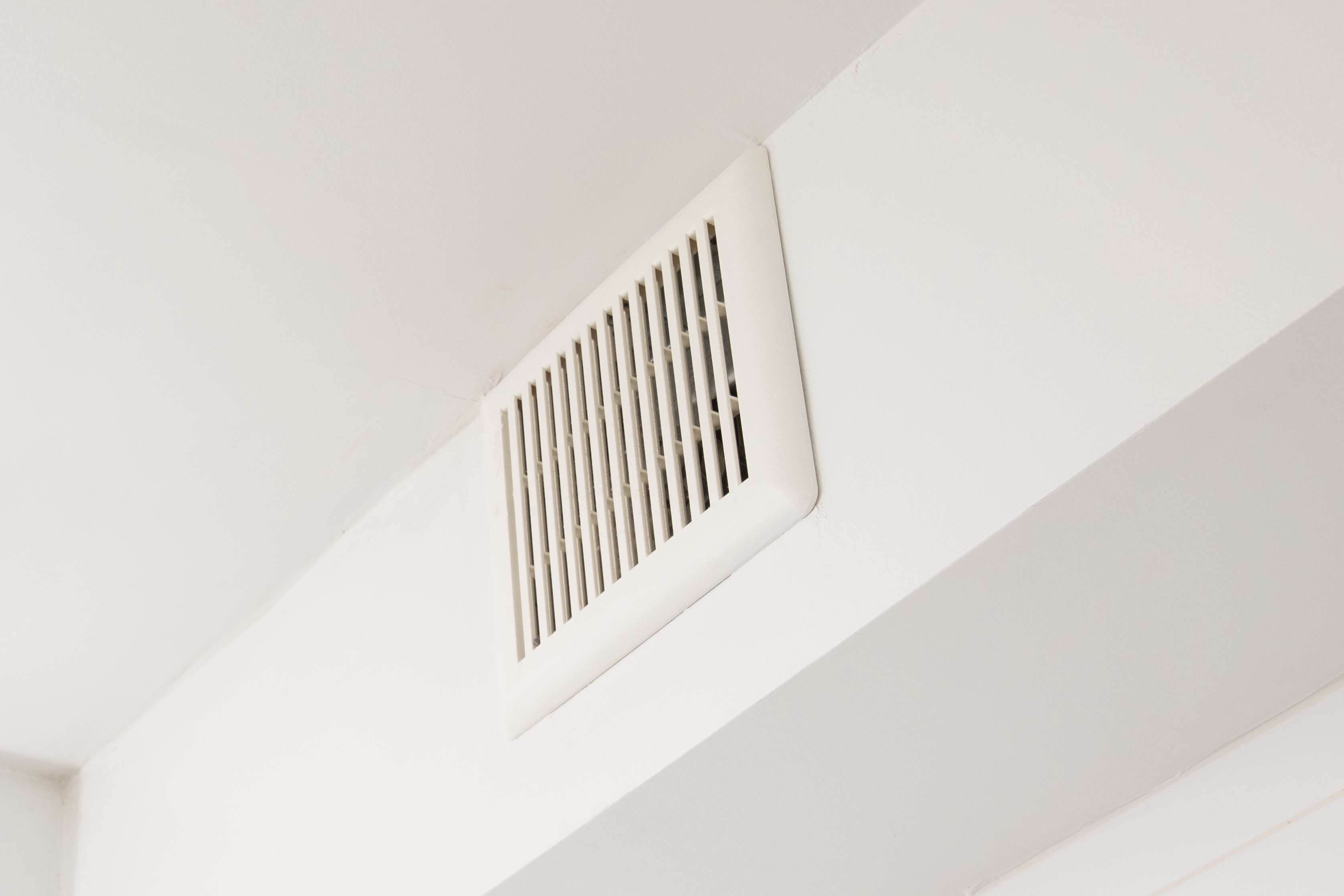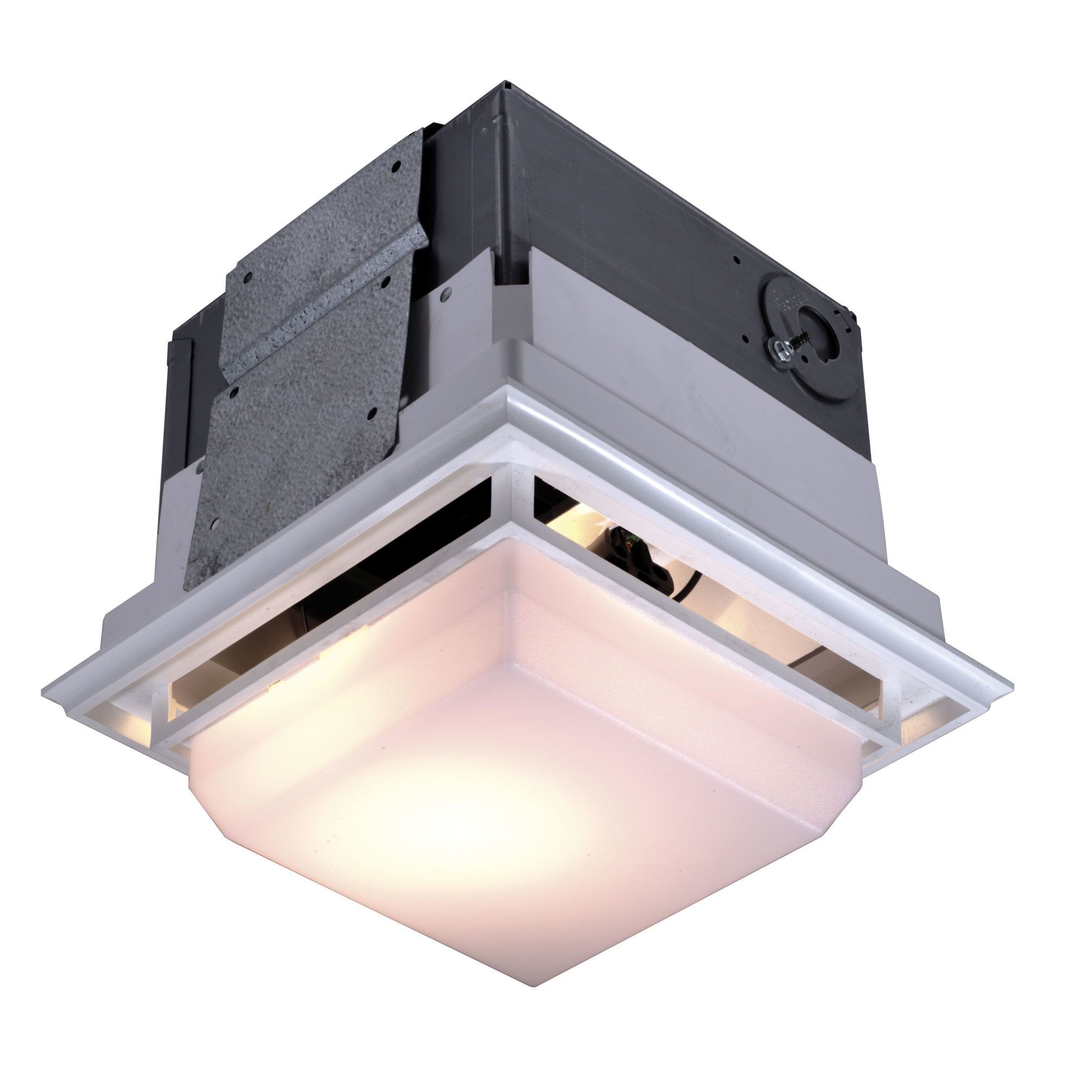Benefits of Recirculating Fans for Bathrooms: Recirculating Fan For Bathroom

Recirculating fan for bathroom –
Tired of that musty smell in your bathroom? Or maybe you’re just looking for a way to keep your bathroom feeling fresh and clean? Whatever the reason, a recirculating fan might be the perfect solution for you.
A recirculating fan is a must-have for any bathroom, especially if it’s small or doesn’t have a window. It helps to circulate the air and remove moisture, which can prevent mold and mildew from growing. But who says a recirculating fan has to be boring?
Check out pusheen wallpaper to add some personality to your bathroom while keeping it fresh and dry.
Recirculating fans are a great way to improve ventilation in your bathroom, which can help to reduce moisture and odor. They’re also energy-efficient and cost-effective, making them a great choice for any budget.
Kalian tahu nggak sih, kalau recirculating fan buat kamar mandi itu ternyata penting banget? Soalnya, bisa ngurangin bau nggak sedap dan lembap. Nah, ngomong-ngomong soal lembap, tau nggak kalian kalau sekarang ada yang namanya dynamic wallpaper ? Itu tuh wallpaper yang bisa ganti-ganti gambarnya sendiri.
Canggih banget kan? Balik lagi ke recirculating fan, kalau kamar mandi kalian kecil, pake yang kecil aja cukup kok. Jadi, nggak perlu bingung lagi ya cari yang pas buat kamar mandi kalian.
Benefits of Recirculating Fans
- Improved ventilation
- Reduced moisture
- Odor control
- Energy efficiency
- Cost-effectiveness
If you’re looking for a way to improve the air quality in your bathroom, a recirculating fan is a great option. They’re affordable, easy to install, and they can make a big difference in the overall comfort of your home.
Types of Recirculating Fans for Bathrooms

Yo, what’s up bathroom dwellers? If you’re looking to keep your bathroom smelling fresh and feeling comfortable, recirculating fans are your new best friend. These babies come in all shapes and sizes, so let’s break down the different types and help you find the perfect one for your bathroom.
Ceiling-Mounted Fans, Recirculating fan for bathroom
These fans are the OG of bathroom fans. They’re mounted on the ceiling, so they’re out of the way and don’t take up any precious floor space. Ceiling-mounted fans usually have a higher airflow capacity than other types of fans, making them a good choice for larger bathrooms or bathrooms that get a lot of steam.
Wall-Mounted Fans
Wall-mounted fans are a great option for smaller bathrooms or bathrooms where you don’t want to drill holes in the ceiling. They’re mounted on the wall, usually above the shower or toilet, and they’re relatively easy to install.
Portable Fans
Portable fans are the most versatile type of recirculating fan. They’re small and lightweight, so you can move them around to wherever you need them. Portable fans are a good option for bathrooms that don’t have a built-in fan or for bathrooms that need extra ventilation.
Installation and Maintenance of Recirculating Fans

Installing a recirculating fan is like putting together a Lego set, but with electricity and ductwork. It’s not rocket science, but it’s not a walk in the park either. Here’s a step-by-step guide to help you out:
- Electrical Wiring: Connect the fan’s wires to the power source, following the instructions carefully. Make sure the wiring is secure and meets electrical codes.
- Ductwork: Attach the ductwork to the fan and run it to the outside of your bathroom. The ductwork should be sized appropriately for the fan’s capacity.
- Mounting: Mount the fan securely to the ceiling or wall, following the manufacturer’s instructions. Make sure it’s level and stable.
Safety Tips
– Always turn off the power before working on the fan.
– Wear safety glasses and gloves when handling electrical components.
– Make sure the fan is properly grounded to prevent electrical shocks.
– Do not operate the fan if it’s damaged or not working properly.
Maintenance
Regular maintenance is key to keeping your recirculating fan running smoothly. Here’s what you need to do:
- Cleaning the Fan Blades: Use a damp cloth or vacuum cleaner to remove dust and debris from the fan blades regularly.
- Cleaning the Filters: If your fan has filters, clean or replace them according to the manufacturer’s instructions.
- Lubrication: If your fan has bearings, lubricate them according to the manufacturer’s instructions.
By following these installation and maintenance tips, you can ensure that your recirculating fan operates safely and efficiently for years to come.